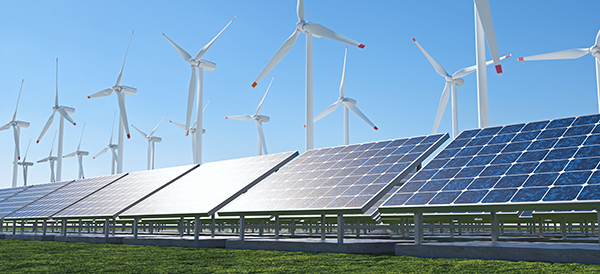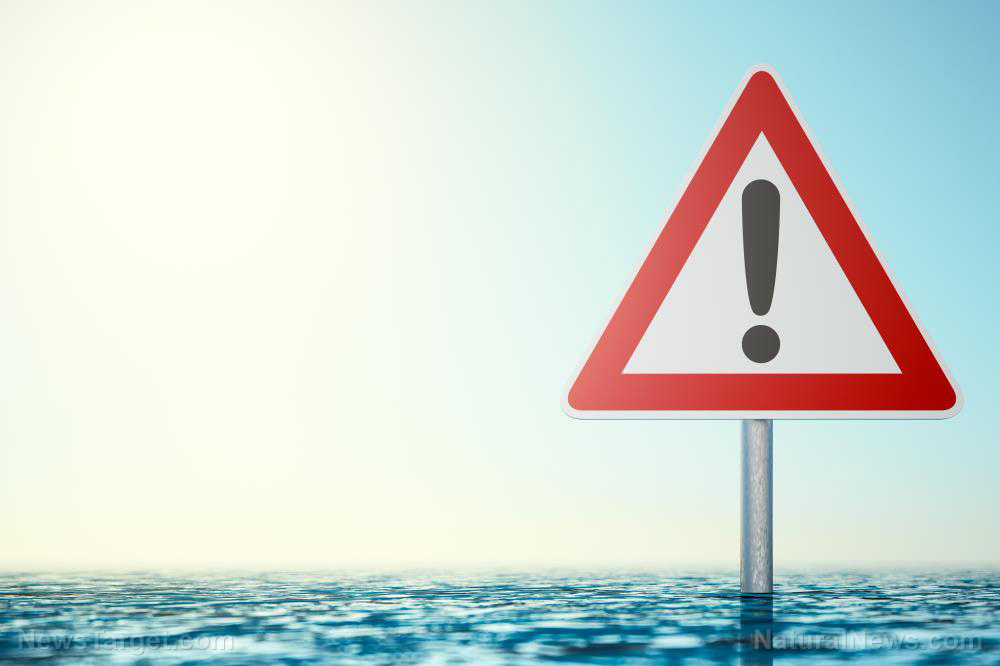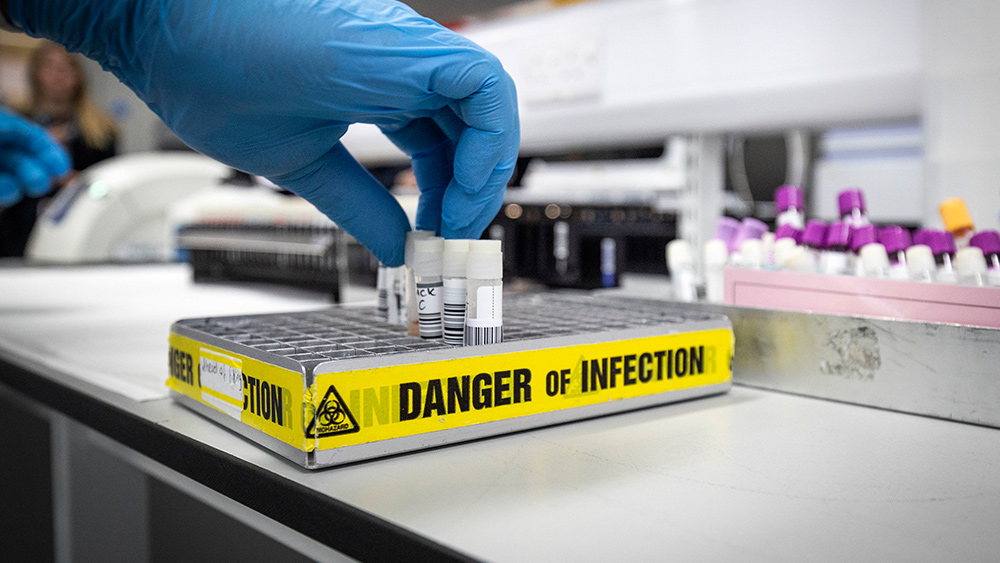History proves wind and solar energy aren’t viable for powering the future
10/29/2024 / By Cassie B.

Renewable energy sources like wind and solar are often touted as the way of the future and something that will help us enjoy all the power we need without hurting the environment.
Nothing could be further from the truth.
In fact, this “next big thing” is actually a throwback to another era – one when people did not enjoy the health and quality of life that we do now.
Take a look at 1800, when humans used more than 450 times less energy than they do now, nearly all of which was sourced from biomass. At that time, our life expectancy wasn’t even 40 years, while malnutrition and illness kept people from growing. Our fortunes didn’t start turning around until coal was used at scale.
However, the use of wind as a source of energy actually goes back much further. It was used to power sailboats in Mesopotamia, assisting transportation until the Persians developed the first windmills to pump water and grind grain somewhere between 500 and 900 A.D. and eventually becoming widespread throughout Europe in the 17th century.
Was it a smart idea? Absolutely. It meant people could accomplish more. But some of the drawbacks that drove societies away from wind power are the same ones this “green energy” source is facing today, chief among them is the inability to store it. That’s why its use was limited back then to pumping water into livestock tanks, milling grain into flour, and sawing lumber into boards.
Another problem that wind energy advocates seem to overlook is the lack of reliability. Wind energy depends on the weather, and you always need a backup or you won’t be able to do whatever needs to be done when the weather isn’tt going in your favor. Back then, horses had to provide power to mill grain when wind wasn’t cooperating; these days, natural gas power plants generate electricity on days without the wind needed to keep the world going.
In other words, while renewable energy may have been quite useful at its time for raising the standard of living, it was — and still is — plagued with reliability and availability problems that make it completely inadequate as the sole solution to humanity’s energy needs.
The future is nuclear energy
Coal is often maligned today in some circles, but without it, we wouldn’t have had the industrial revolution. It could be transported and used wherever it was needed, unlike wind or water power, and it can burn around the clock regardless of the weather. Natural gas and oil eventually joined it, and the era of electricity changed everything once again. These days, none of us can imagine our lives without it.
Unfortunately, wind and solar just don’t produce very much of it. Their energy return on investment is extremely low. There is no future there.
This is something Californians learned the hard way in 2020, when decades of legislation forcing wind and solar power as a source for the electric grid came back to haunt them with rolling power outages during a heat wave that affected millions of people.
If wind and solar power aren’t the solution to our energy needs, what is? Many experts identify nuclear power as the real superstar of the future.
Climate Depot reports that if all the electricity a person used for 70 years came from nuclear facilities, the uranium that is needed to generate it would be smaller than the size of a can of soda. It is this remarkable energy density that means it can provide electricity for cheaper than fossil fuels – and without producing carbon dioxide.
Sources for this article include:
Submit a correction >>
Tagged Under:
Censored Science, electricity, energy, energy supply, green energy, Hidden History, new energy report, nuclear, nuclear energy, nuclear power, power, power grid, renewable energy, solar power, wind power
This article may contain statements that reflect the opinion of the author


















